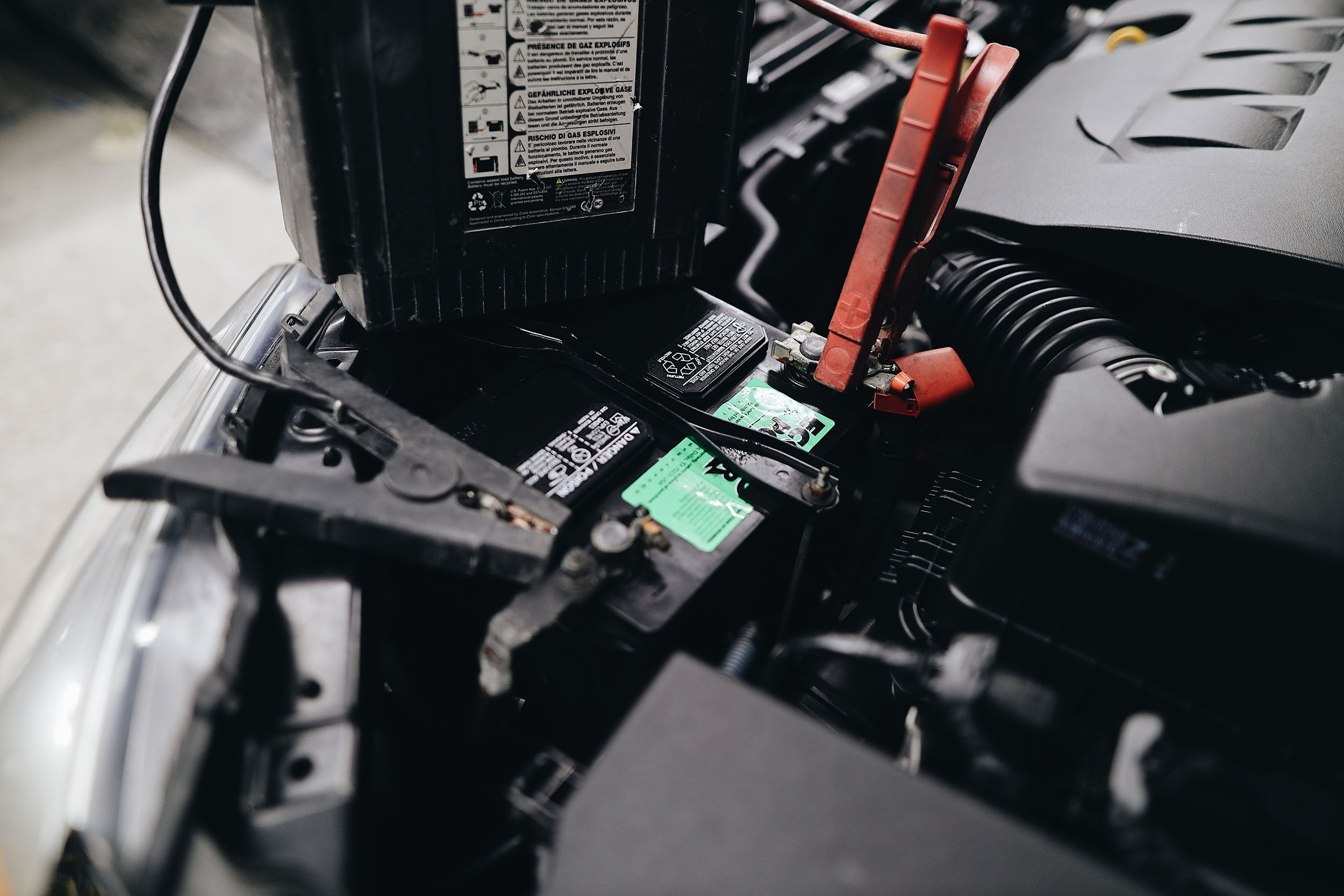Automotive emergencies can happen at any time and in any place, without any warning. Whether it’s a dead battery, a flat tire, or an overheated engine, it’s important to be prepared to handle these situations. Not only can being caught off guard be a big hassle, but if you don’t handle it right, it can also lead to expensive repairs.
Having the knowledge and skills to jump-start your vehicle and handle other automotive emergencies can save you time, money, and a lot of stress. In this article, we’ll tell you everything you need to know about how to jump-start your car and how to deal with other common automotive emergencies. Whether you’re an experienced driver or just starting out, this guide will provide you with the information you need to stay safe and prepared on the road.
So, let’s get started and learn how to jump-start your vehicle and handle other automotive emergencies like a pro! How to Jump-Start Your Vehicle
Preparation
Before attempting to jump-start your vehicle, it’s important to take safety precautions. Make sure you have a good understanding of the process, and that you have all the necessary tools and materials on hand.
Steps to Jump-Start Your Vehicle
- Locate the batteries of both vehicles.
- Connect the cables in the correct order, making sure not to cross the positive and negative cables.
- Start the engine of the working vehicle and let it run for a few minutes.
- Start the engine of the dead vehicle.
Other Automotive Emergency Tips
Flat Tire
If you have a flat tire, it’s important to know how to change it. Make sure you have a spare tire, jack, and lug wrench on hand.
Engine Over-Heating
Engine over-heating can be caused by a variety of factors, including a low coolant level, a faulty radiator, or a clogged cooling system. If your engine is overheating, it’s important to turn off the engine as soon as possible to prevent damage.
Dead Battery
A dead battery is a common problem that can be caused by a variety of factors, including leaving the lights on, a weak alternator, or a malfunctioning battery charger. To prevent a dead battery, make sure your vehicle is properly maintained and that you follow best practices for battery care.
Conclusion
In conclusion, jumping-starting your vehicle and handling other automotive emergencies requires a good understanding of the process and the necessary tools and materials. Remember to take safety precautions and to always be prepared. By following these tips, you can ensure that you’re ready to handle any automotive emergency that may arise.
Must have items in Car for Every Driver.
**Contain affiliate links which enable us to share in the revenue of any purchases made, without affecting your purchase price.**



